
Soil Health & Fertilization
We unite suppliers and green industry professionals worldwide
The Pagoda Dogwood (Cornus alternifolia), a small tree or large shrub that lives up to its name with a branching habit that mimics the layered rooflines of a pagoda. It has four-season appeal:
By Mariam Scott
|Published on June 12, 2025
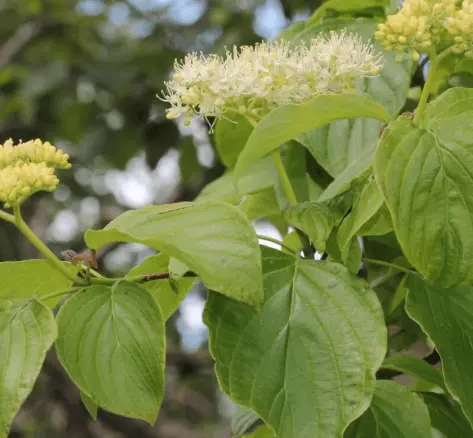

“What if a tree could look like a living sculpture—layered, graceful, and ever-changing through the seasons?”
Meet the Pagoda Dogwood (Cornus alternifolia), a small tree or large shrub that lives up to its name with a branching habit that mimics the layered rooflines of a pagoda. It has four-season appeal:
Native to the woodlands of eastern North America, the Pagoda Dogwood grows well in partial shade and adds a refined woodland touch to gardens, borders or as an understory tree. Its graceful structure, modest habit and ability to support pollinators and birds make it a darling of both nature lovers and design-focused gardeners.
| Common Name | Pagoda Dogwood |
| Botanical Name | Cornus alternifolia |
| Type | Deciduous shrub or small tree |
| Height/Spread | 15–25 feet tall, 20–32 feet wide |
| Sunlight Requirements | Partial shade to full sun |
| Soil | Moist, well-draining, slightly acidic |
| Water | Moderately; maintain uniformly moist soil |
| Bloom Time | Late spring |
| Hardiness Zones | 3 to 7 |

September 25, 2025
9 minute read
September 24, 2025
9 minute read
September 23, 2025
10 minute read
September 22, 2025
9 minute read


Join as a seller and connect with thousands of B2B buyers nationwide!
Sign Up
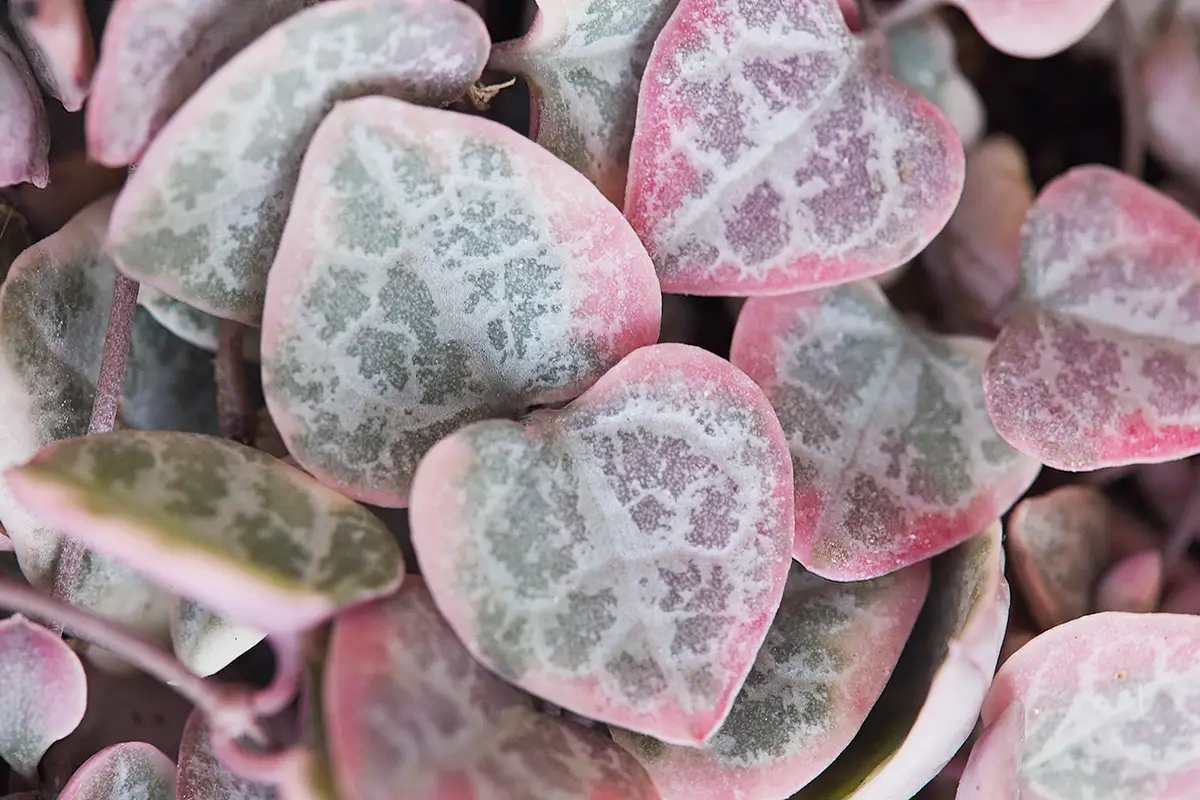
Variegated String of Hearts
A Cascading Beauty With a Name as Sweet as Its Leaves
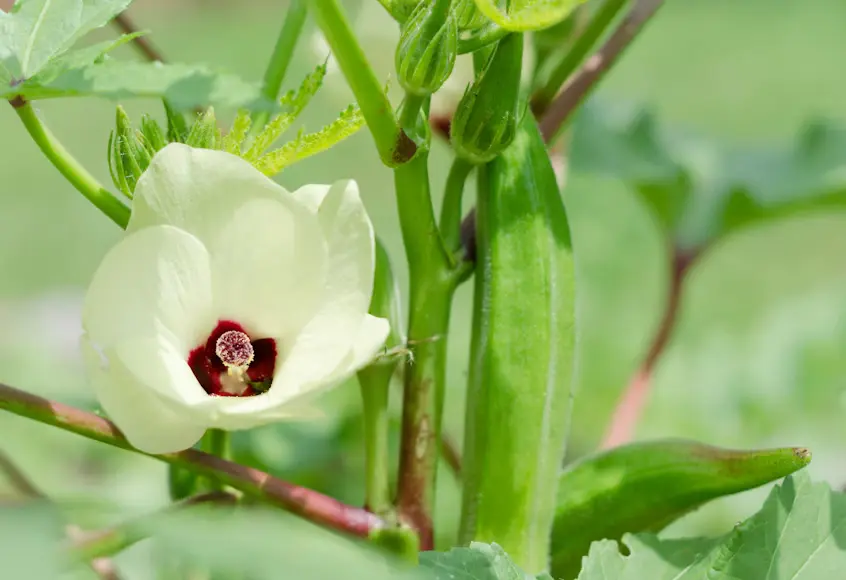
Okra
Okra (Abelmoschus esculentus) is a fast-growing, low-maintenance plant native to Africa that loves hot sunny climates and gives gardeners a bounty of edible pods all summer long.
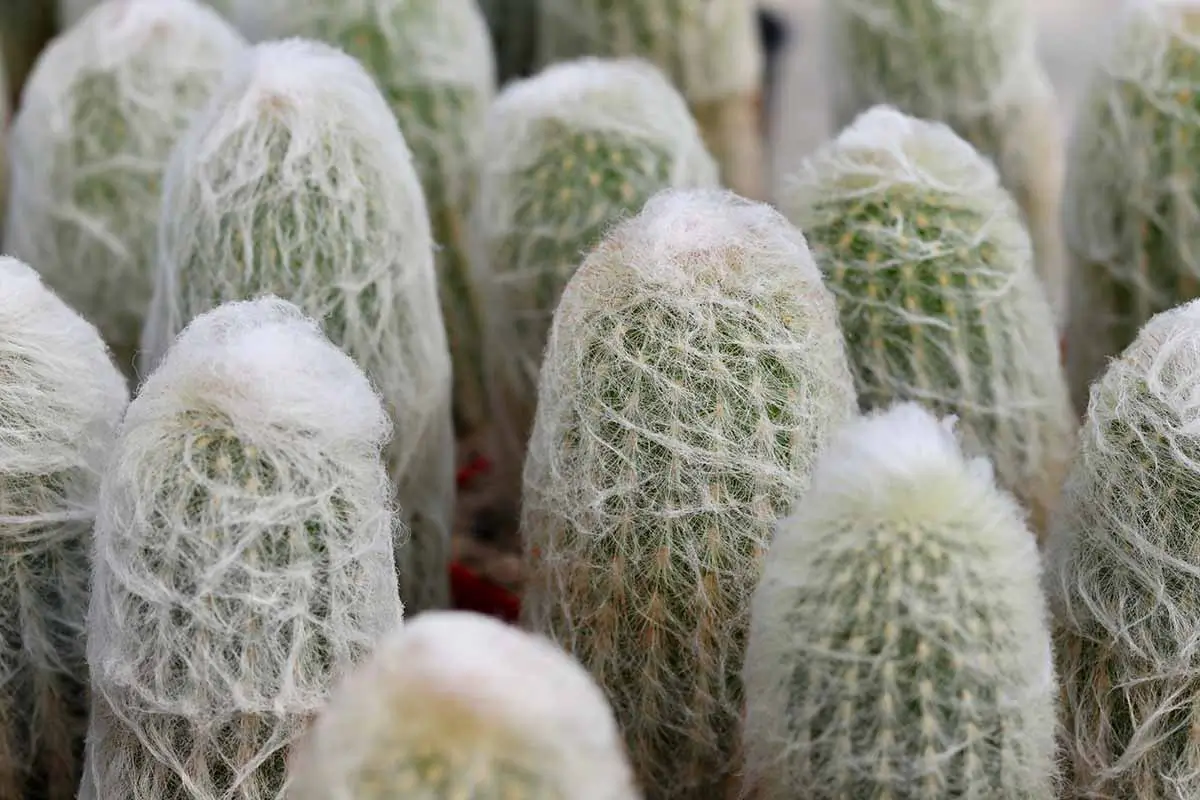
Old Man Cactus
The Old Man Cactus is a slow-growing, long-living cactus that’s perfect for containers, sunny windowsills, or outdoor succulent gardens in warm climates. In spite of how dramatic it looks, this low-maintenance plant is ideal for all plant collectors.
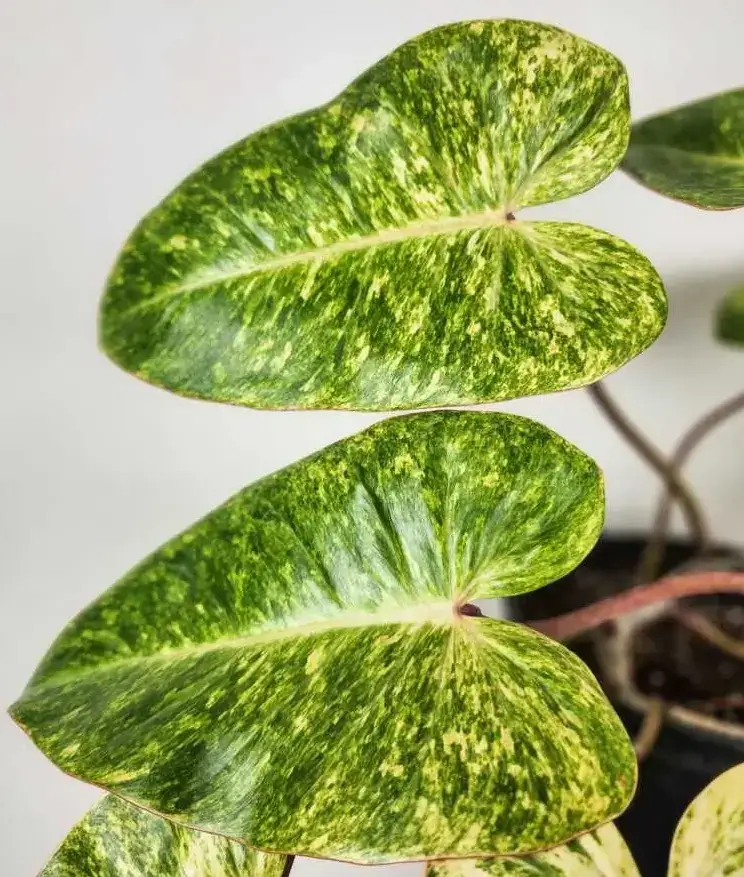
Painted Lady Philodendron
With its striking chartreuse leaves speckled in deeper greens, this tropical climber lives up to its artistic name. Its vibrant foliage only becomes more pronounced as it matures, making it a favorite with plant collectors and casual plant parents.
Pagoda Dogwood care is pretty basic but consistent routine would do wonders. It likes loamy, rich soil and prefers partial shade, especially in hot areas. Water as needed, especially during dry spells, and mulch at the base to keep soil moisture. Under right conditions, this tree provides structure and quiet beauty to any landscape.
Pagoda Dogwood thrives in dappled sunlight or very light shade, similar to its native woodland environment. In cooler regions, it can tolerate more sunlight, while in warmer zones, excessive direct exposure may cause leaf scorch. Best to put it where it gets morning sun and afternoon shade, or filtered light during the day.
This tree thrives in moist, well-draining soil that is rich in organic matter. A slightly acidic pH is ideal, though it tolerates a range of soil conditions if drainage is adequate. Amending soil with compost or leaf mold can enhance its health and growth, especially in clay-heavy or nutrient-poor areas.
Pagoda Dogwood like evenly moist soil, but not soggy one. During dry periods, water deeply once a week, particularly in the first few years of its establishment. Mature trees are somewhat drought-tolerant, but if dry spells are prolonged, the plant will become stressed and flowering will be decreased. Apply mulch to help retain soil moisture and regulate temperature.
If your Pagoda Dogwood is of a more mature age, you can prune as little as possible to preserve the elegant shape of the tree. Its naturally wide, horizontal branching habit doesn’t need to be shaped.
Instead, only remove dead, damaged or crossing branches in late winter or early spring, before new growth begins. Pruning too aggressively can disrupt its layered look, so trim conservatively and only as needed. Keep the trunk clear of suckers and clean up any fallen foliage to prevent disease.
Pagoda Dogwood can be propagated through softwood cuttings or seeds, but both methods require patience and care.
While propagation is possible, most gardeners prefer to purchase young trees from nurseries due to the time required for successful establishment.
Pagoda Dogwoods are normally grown in the ground, but young trees can be grown in pots for a couple of years if desired.
Container-grown specimens need more watering and nutrient attention than in-ground trees, but can be a temporary solution for smaller spaces.
In its hardiness range, Pagoda Dogwood is fully winter-hardy and doesn’t need special protection. But some mulch around the base will help protect young trees’ roots from freeze-thaw cycles. In especially windy or exposed locations, a windbreak or burlap wrap can help reduce stress. For trees grown in containers, move pots to a protected place or insulate with mulch or straw around the container.
Pagoda Dogwood blooms in late spring, from May to June with clusters of creamy white flowers that attract both bees and butterflies. The branches grow horizontally, rather than vertically, forming a tiered display of flowers that appear to float in layers. After flowering, the tree bears clusters of dark blue berries in late summer, which are quickly snapped up by birds.
While it’s not a showstopper like some flowering trees, its subtle blooms are elegant and seasonally rewarding.
Pagoda Dogwood is generally tough tree, but there are a number of things that can cause issues, especially if the site provides less than ideal conditions or the tree is stressed.
Graceful, layered and surprisingly low-maintenance, the Pagoda Dogwood is a quiet standout in any garden. Its natural elegance brings height and interest to shady borders, woodland gardens or even small landscapes, where its relatively small size and habitat stand out. With year-round visual appeal and value to wildlife, it’s a plant that balances form, function, and a touch of the poetic.
It’s technically a small tree, though its size and branching habit often give it a shrub-like appearance.
It has a moderately fast growth rate and will reach maturity in about 10 – 15 years depending on the conditions.
Yes, in cooler zones. But in hot climates, too much sun can burn the leaves, so partial shade is best.
Absolutely! The berries are appreciated by songbirds, and the flowers are good for pollinators.

Soil Health & Fertilization
Victor Miller

Pest Identification & Prevention
Victor Miller

Lawn Care Tips & Maintenance
Victor Miller

Soil Health & Fertilization
Victor Miller

Smart Irrigation Systems
Victor Miller

Patios, Walkways & Driveways
Victor Miller

Soil Health & Fertilization
Victor Miller

Pest Identification & Prevention
Victor Miller
My Account
Our team is always here to help.
We are open Monday - Friday, 9:00 AM to 4:30 PM PST.